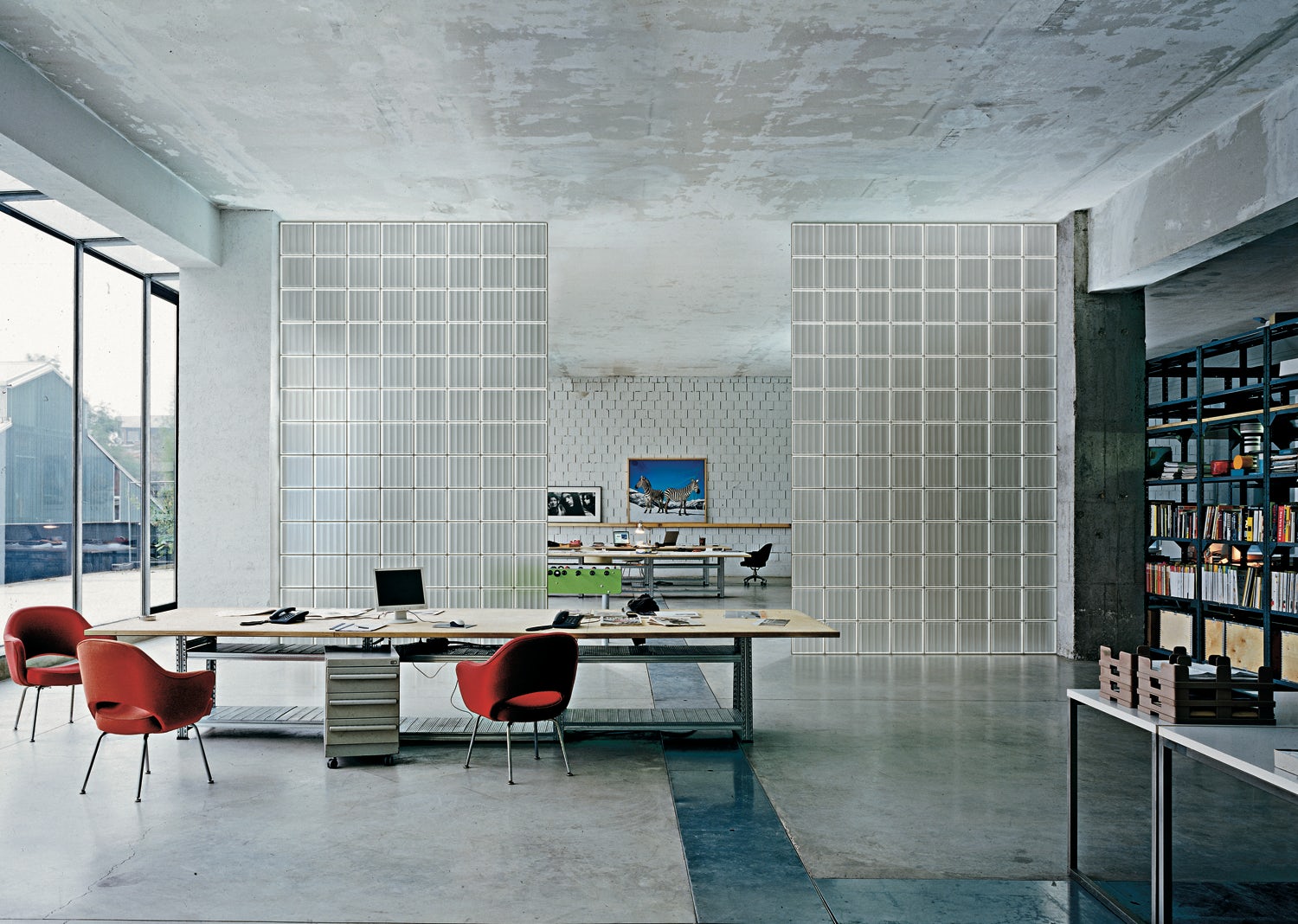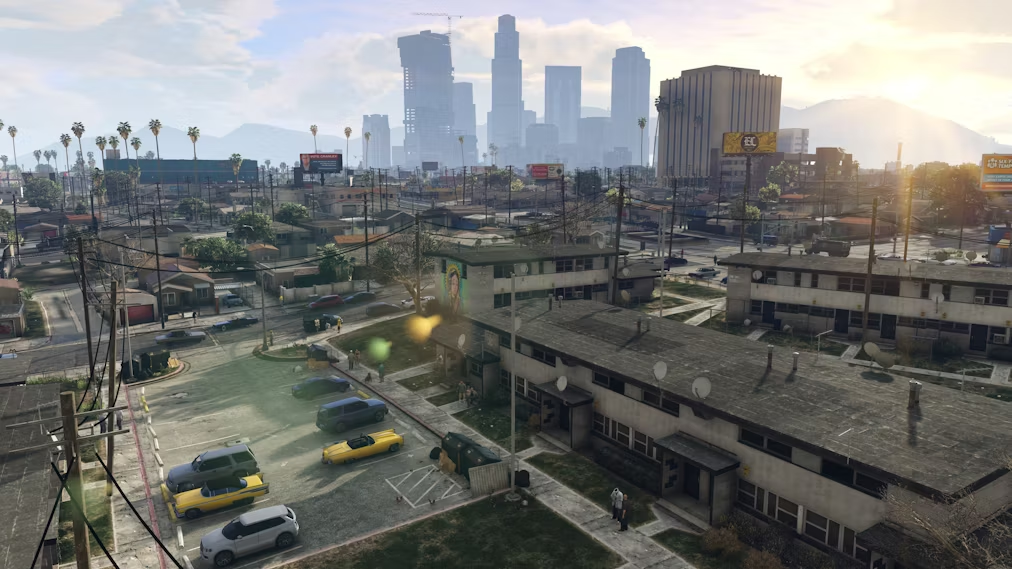Small can have big impact — when it comes to residential glass block, anyway. That’s the logic behind downsizing the Seves Doric glass block, originally designed in 2008 by architect Rafael Moneo for a library at the University of Deusto in Bilbao, Spain. Back then, Moneo specified blocks 30 by 30 centimeters square, but now, Seves Glassblock has scaled them down to a 19-centimeter-square size, meeting today’s standard dimensions yet retaining the technological and aesthetic features of Moneo’s original.
Today, the Doric Q19 glass block allows architects and designers to bring great architecture into the smallest of projects. From residential applications to large commercial spaces, Doric Q19 will turn any partition wall or window into a tactile and visual experience with a one-of-a-kind display of patterns, light reflections and textures.

Moneo’s Jesuit library for the University of Deusto was the first project anywhere to use three-dimensional glass block on an exterior surface. The architect took two important preexisting conditions into account. The new building was not to compete with the substantial role that Frank Gehry’s Guggenheim, situated nearby, already played in Bilbao, and it was to establish harmony and continuity with the university while distinguishing itself as an entity in its own right.
These requirements prompted Moneo to approach Seves Glassblock to design his own tailor-made glass unit. Glass is a material capable of combining excellent construction properties with unprecedented aesthetic and structural potential, qualities that became the characterizing elements of the project.

Moneo’s University of Deusto library.

The architect played on varying perceptions of the glass block to create a structure that appears from afar to be monolithic, monochrome and neutral and one that softens the Guggenheim’s bright titanium. Up close, he heightened its complex textures and nuances, giving it a strong aesthetic identity of its own. These three-dimensional glass units, inspired by the Doric order of columns for ancient Greek temples, combine classical and modern styles into one exclusive design element.
The result is alluring at night when the Guggenheim is visible only through the building’s fissures, and the library, glowing from its interior, is transformed into a translucent lighthouse that illuminates the entire area.

Moneo designed the interior of the library around natural light and views of the city. Reading rooms on the ground floor and stories above offer a privileged view of the Guggenheim and the river. The opaque south façade, on the other hand, was designed without windows for storerooms at each level. Doric glass blocks cover three quarters of the building and have become the key distinctive identity of the architectural structure.
Now the same Doric glass blocks, scaled down to 19 centimeters square, are available for residential design. Architects and designers can specify Doric Q19 for similarly dramatic solutions on home or commercial projects. They’re available in three diverse finishes to meet specific design requirements.

Bonaldo

Both transparent and metallic finishes are available for modern and minimal applications such as making rooms feel light, bright and airy. A satin finish provides a softer light that’s ideal for intimate, cozy areas.

Seves Glassblock’s success is defined by one clear objective: to maximize the potential of glass blocks by transforming them from a marginal, traditional construction element into an artistic expression of light and space. From the start, Seves has aimed to change traditional production rules and ideas regarding glass blocks, which once were considered “poor” building materials used only in cases where light was lacking. Thanks to advanced technology, exploration in color and models and research into new wall installation methods and mortars, Seves has certainly achieved that goal.









